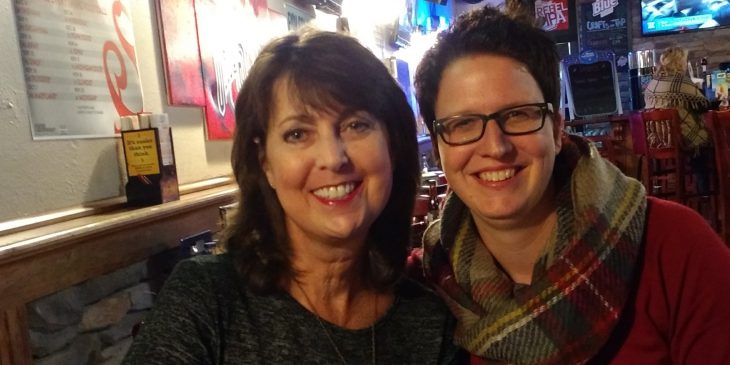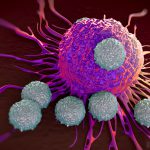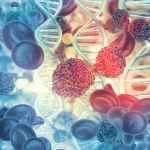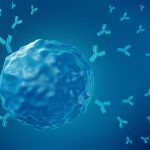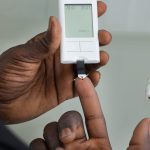Every three minutes, someone is diagnosed with a blood cancer, such as leukemia or lymphoma. For many patients, their best chance at a cure is to receive a stem cell transplant from a donor who is a 100% genetic match. If a match isn’t found among family members, the patient must begin the daunting process of finding a donor from the public.
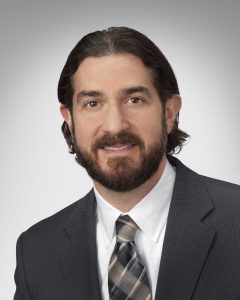
Dr. James Rossetti
As the largest provider of stem cell transplant services in western Pennsylvania, UPMC Hillman Cancer Center’s Stem Cell Transplantation Program is committed to advancing stem cell transplant therapies. The experts at the Mario Lemieux Center for Blood Cancers treat more patients and facilitate more transplants, laboratory research and clinical trials than any other facility in this region.
“Our patients have already gone through significant chemotherapy treatments, and what we are trying to do is make sure their cancer does not return,” said Dr. James M. Rossetti, a hematologist at UPMC Hillman Cancer Center. “A stem cell transplant can essentially do that and ensure a greatly improved survival.”
Stem cell transplants work by boosting the patient’s natural immune system with the donor’s white blood cells. White blood cells have genetic markers that help them determine which bacteria or viruses are foreign and which aren’t. For the stem cell transplant to be successful, these genetic markers in both the patient and the donor must match 100%.
“It’s critical that patients find donors who are an extremely close match to their own genetic makeup,” Rossetti said. “If the patient and the donor are an exact match, the donor’s cells are able to identify and eliminate the patient’s cancer cells. If they aren’t a match, the patient’s body will reject the donor’s cells, and they can’t kill the cancer cells.”
Be the Match® is a national organization that connects potential donors with patients. A simple swab of the inside cheek will provide enough genetic information for this program, which is a part of the National Bone Marrow Registry. Potential donors should be in good general health and between the ages of 18 and 24. Anyone can fill out a quick survey and receive a swab kit in the mail. Once the potential donor sends back their samples, they’ll be notified if they’re a match.
Matching donors can be hard to find. For every 430 people who submit a sample, only one person goes on to be a donor. In addition, Black patients have only a 23% chance of finding a match from the public.
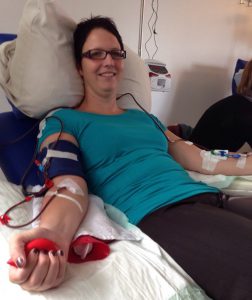
Yvonne Teschlade donates her stem cells in Germany.
Sally Imbrogno was diagnosed with leukemia in 2014 and told she needed a stem cell transplant. All her immediate family members were tested, but none were a match. With her UPMC Hillman oncologist, Dr. Alison Sehgal, Imbrogno went through Be The Match and found a donor who was a complete match.
Across the world, Yvonne Teschlade of Germany was told that she matched with a patient who needed a stem cell transplant, so she visited her local clinic to start the donation process.
Donating stem cells is almost as simple as donating blood. Once determined to be a match, the donor takes oral medication to increase the amount of stem cells in their bone marrow to move it into their blood. This process takes less than a week. Once ready, the donor’s blood is run through a machine that filters out the stem cells and returns the rest of the blood to the donor. This process takes about four hours.
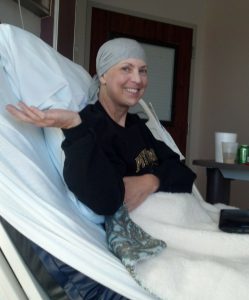
Sally Imbrogno receives Teschlade’s stem cells after being diagnosed with leukemia.
Donor and recipient are unknown to each other for at least two years, so Teschlade didn’t know her donation was going to be shipped across an ocean and given to Imbrogno. A short time later, her doctors told her that her cancer had gone into remission, all thanks to Teschlade’s donation.
In 2016, the two women agreed to meet in Ohio (pictured above).
“I was able to tell her that I would not be here if not for her generous donation,” said Imbrogno. “I have two sons and a supportive husband, and I could not imagine not being here for them. She truly saved my life.”
“We need to get more of the community involved to help save the lives of these patients,” Rossetti said. “The more people sign up and give their sample, the more potential matches are available, and the more lives we can save.”
To find out if you can save a life, sign up at my.bethematch.org/UPMC or by texting “UPMC” to 61474 to start the process.


